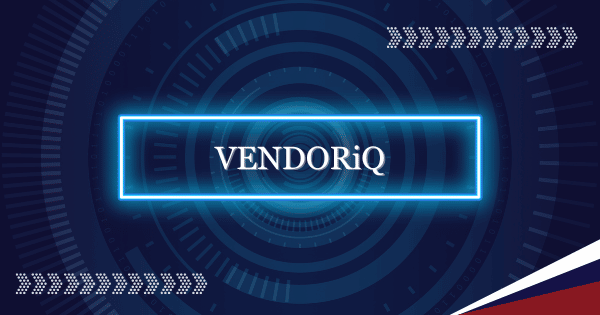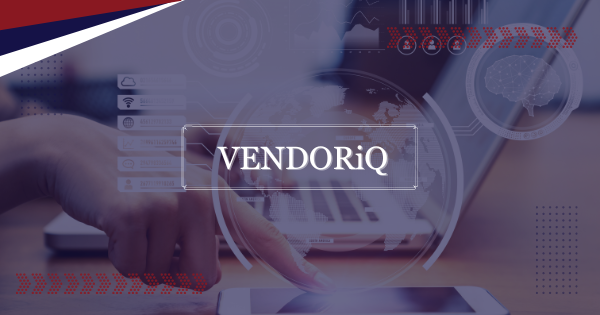
6G Telco Standards Are Forming to Create Ubiquitous Connectivity
6G is set to enable greater mobility speeds, Internet of Things (IoT) and ubiquitous connectivity from 2028–2030, as 3G is turned off.

6G is set to enable greater mobility speeds, Internet of Things (IoT) and ubiquitous connectivity from 2028–2030, as 3G is turned off.

As large language model (LLM)-based virtual assistants continue to permeate various aspects of enterprise operations, measuring their effectiveness becomes crucial and more complex. The key lies in developing a holistic measurement framework that combines traditional metrics with novel approaches tailored to each specific use case.

In the modern ICT environment, your approach to end-user computing needs to truly allow for anywhere, anytime, and anyhow, in a secure environment that provides your user base access to full functionality regardless of the device.

Explore the intricate details of Microsoft’s Recall feature analysis, uncovering crucial security and privacy implications in AI technology.

Explore the evolving landscape of legacy application management post-Google’s Cameyo acquisition. Stay ahead in the tech world.

Uncover the revolutionary changes AI integration in personal devices will bring to future workspaces. Stay ahead of the curve with IBRS analysis.

Uncover how Microsoft’s Azure Cobalt and accelerated VMs are revolutionising Cloud AI economics, providing greater efficiency and performance for critical applications.

Delve into the analysis of Microsoft’s latest AI-enabled PCs, uncovering the performance enhancements, compatibility hurdles, and crucial data privacy implications.

The mobile app improved delivery turnaround time by 30 per cent and reduced escalations by 50 per cent.